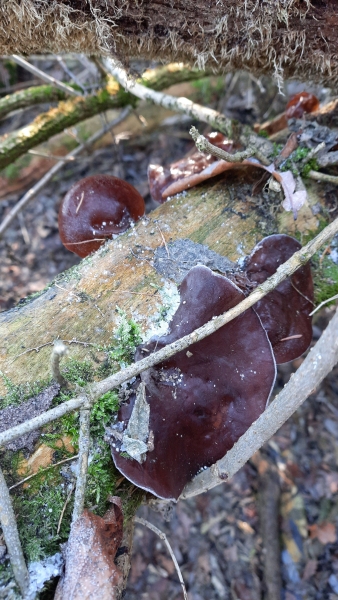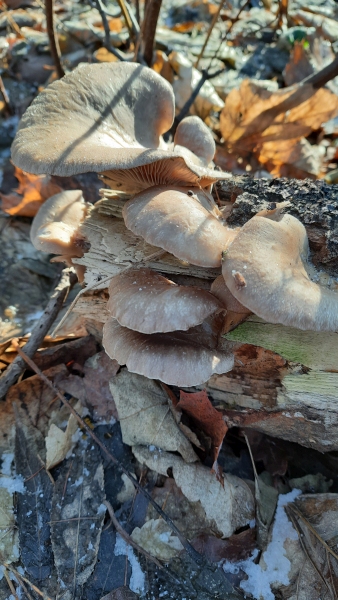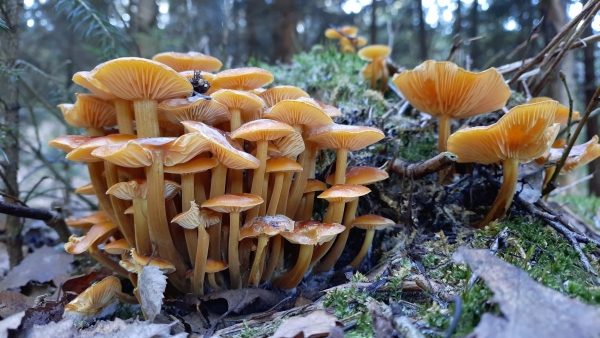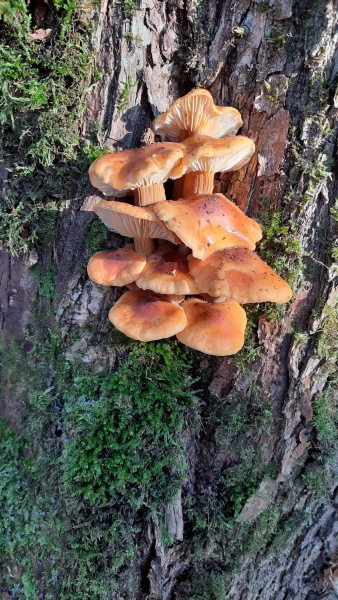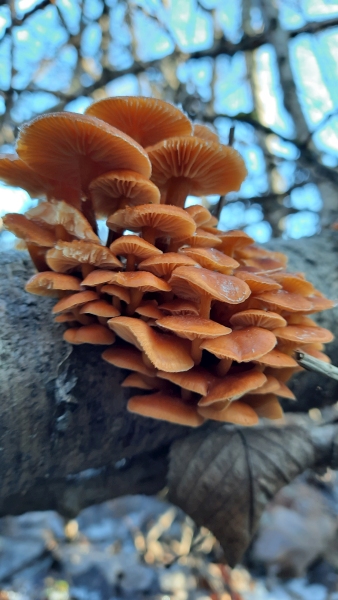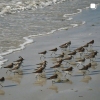It's freezing. There is at least minus five degrees of Celsius. I'm so glad to be able to gaze out the window at the frozen garden I've worked on intensely from spring to autumn, with a mug of warm tea and something sweet to nibble on. The garden is wintered, dusted with white ice dust, as are the surrounding fields and meadows. I feel good about it, a lot of good gardening has been done again during this year, so the cellar is full of stored vegetables for the winter. The day to Santa (Ježíšek here in Czechia), The December, I'm finally freer from my regular lab work. Then it's time to go for the mushrooms!
No, I'm not crazy. They're really growing. I fell in love with winter mushrooming years ago, and we've made a tradition of Christmas fresh mushrooms back home. Species don't grow much in winter, but the ones that do grow are excellent. What would be a typically Christmas-style black mushroom kuba (a traditional Czech dish made from mushrooms and peeled barley, i.e., groats) without a black wood ear (Judas's Ear, Auricularia auricula-judae) or a traditional Christmas soup without caps of velvet shank (Flammulina velutipes). The beneficial effects of the oyster mushrooms (Pleurotus ostreatus) are not lost either, the stew soup is very good.
Black wood ears (left) have grown nicely now, having been stable above zero for the last few weeks, which has also had a positive effect on the growth of oyster mushrooms (right). Winter mushrooms can withstand frost, they stop growing, but they continue after thaw. And by the time it comes, you can walk into the woods like to your freezer, picking up the frozen, glass and ringing caps of these admirable mushrooms in the ice.


